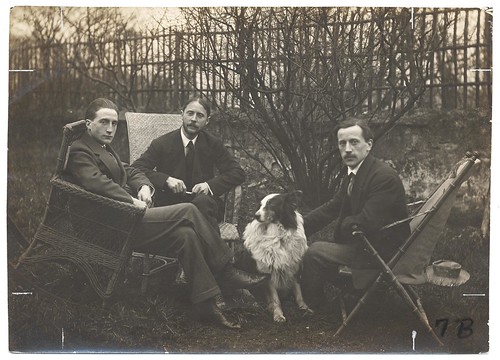 Here is a bit from another interesting camera related story on the WIRED website.
Here is a bit from another interesting camera related story on the WIRED website.Hmmm...If only they would make contact lenses that were cameras I would totally get one.
Rob Spence looks you straight in the eye when he talks. So it's a little unnerving to imagine that soon one of his hazel-green eyes will have a tiny wireless video camera in it that records your every move.
The eye he's considering replacing is not a working one -- it's a prosthetic eye he's worn for several years. Spence, a 36-year-old Canadian filmmaker, is not content with having one blind eye. He wants a wireless video camera inside his prosthetic, giving him the ability to make movies wherever he is, all the time, just by looking around.
"If you lose your eye and have a hole in your head, then why not stick a camera in there?" he asks.
Spence, who calls himself the "eyeborg guy," will not be restoring his vision. The camera won't connect to his brain. What it will do is allow him to be a bionic man where technology fuses with the human body to become inseparable. In effect, he will become a "little brother," someone who's watching and recording every move of those in his field of vision.
If successful, Spence will become one of a growing number of lifecasters. From early webcam pioneer Jennifer Kaye Ringley, who created JenniCam, to Microsoft researcher Gordon Bell, to commercial lifecasting ventures Ustream.tv and Justin.tv, many people use video and internet technology to record and broadcast every moment of their waking lives. But Spence is taking lifecasting a step further, with a bionic eye camera that is actually embedded in his body.
This is quite a lengthy article, read the entire thing onhttp://blog.wired.com/gadgets/2008/12/eye-spy-filmmak.html




